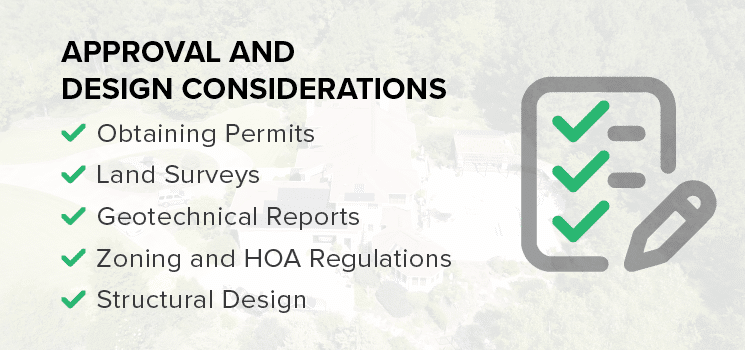The transition to renewable energy sources, especially solar power, is on the rise. According to the U.S. Energy Information Administration, solar power generation in the U.S. increased by nearly 30% in 2020 compared to 2019, and the trend continues. But what if your roof is not suitable for residential solar panels due to shading or you simply prefer not to install panels on your roof? This is where ground-mounted solar systems come into play.

For effective power production, solar panels require unobstructed access to the sun’s rays. This is why the ideal location for solar panels is a south-facing roof with little to no shade. But, if your roof is shaded or has an unconventional layout, this ideal situation might not be achievable. Here is where the question arises, “What do I do if my roof is too shaded for solar panels?”
In situations where roof installation is not viable or preferred, ground-mounted solar systems offer a solid alternative. They are essentially solar panel systems that are installed on the ground rather than on a rooftop. Here are some reasons why they can be a perfect choice:
While ground-mounted solar can be a great option, there are a few additional factors to consider:
Another crucial factor to consider is the distance limitation when installing a ground-mounted system. Generally, it can be challenging to install the ground mount more than 300 feet or so from the home (electrical meter) itself due to potential voltage drop issues and increased costs for trenching and cabling.

The typical installation time frame for a ground-mounted system is slightly longer than a rooftop installation, given the necessary approvals and design considerations. These may include:
Ground-mounted solar systems provide a perfect solution for homeowners who have a shaded roof or prefer not to install solar panels on their roof. Despite the additional cost and installation time, these systems offer excellent efficiency due to their optimal positioning and exposure to sunlight. With solar energy continuing to grow as a significant renewable energy source, ground-mounted solar systems are a worthwhile consideration for many homeowners.
This content was originally published here.
